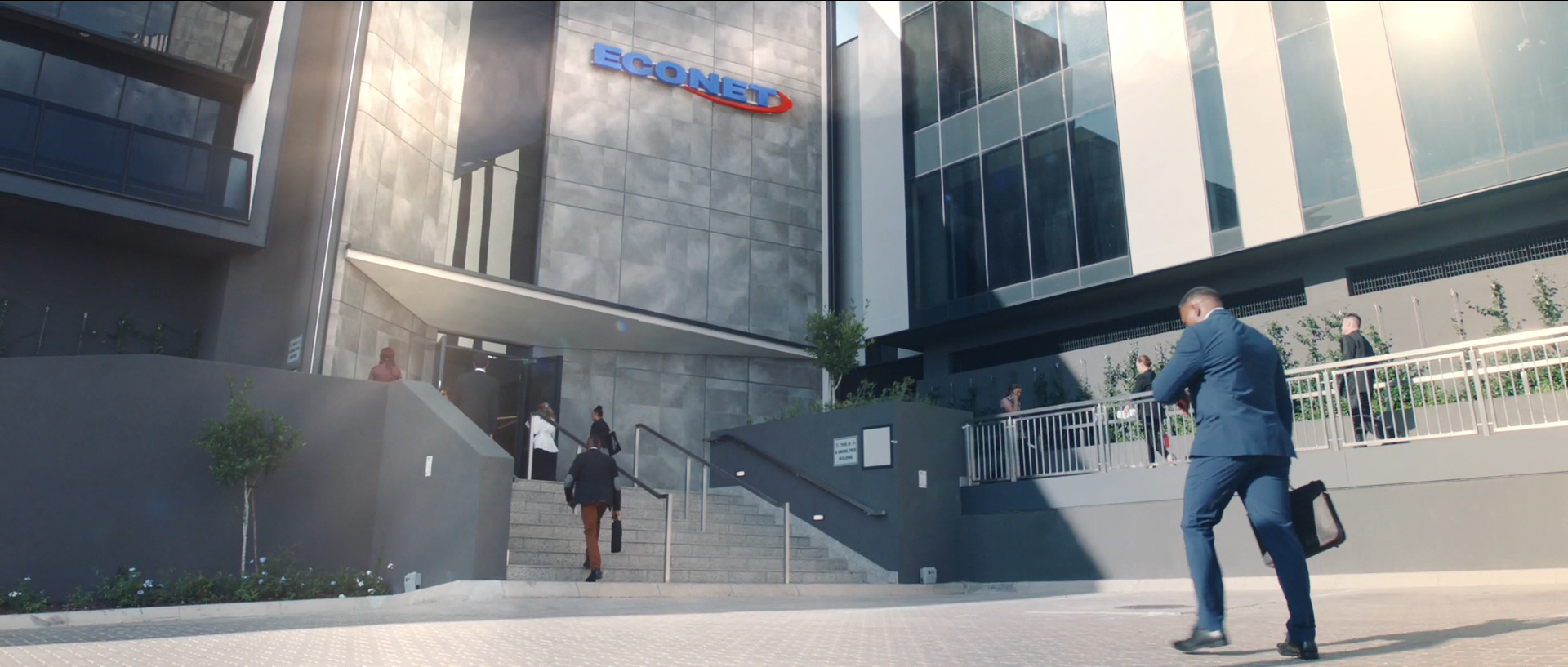Zimbabwe’s delicate trade/industry balance
Despite being a party to the new African Continental Free Trade Area (AfCFTA), which came into effect in January, Zimbabwe’s current imports management programme is tantamount to trade protectionism.
Under the import management programme, there are a number of interim statutory measures aimed at restricting imports to enable local industry to recover after performance had been immensely affected by the influx of foreign products.
For instance, Statutory Instrument 89 of 2021 decreed that second hand cars aged 10 years and above from the date of manufacture now requires an Import Licence from the Ministry of Industry and Commerce.
Commercial vehicles (tractors, haulage trucks, earth-moving equipment) and other specialised vehicles used in mining and construction sectors are exempted.
Government has also put restrictions on the importation of sugar and cement.
An earlier notable intervention in this regard was the removal of a number of products from the Open General Import Licence through several Statutory Instruments 64 of 2016 and 20 of 2016, which regulated the importation of selected products.
SI-64 was gazetted in June 2016 following a recommendation from the local industry, which was based on an extensive study on local manufacturing capacities as well as consultations with respective players in the sector.
Zimbabwe’s industrial firms have for a while now been bogged down by high cost of capital and a complex doing business environment, which makes their products expensive compared to those produced by their peers in the region.
But although strategic in nature, the ‘protected’ companies have not responded in kind to Government’s measures.
Back in 2014 economic think-tank, the Zimbabwe Economic Policy Analysis and Research Unit (Zeparu) questioned the capacity of local manufacturers to boost their capacities in the short-to-medium term.
“The capacity of the local industry to respond is questionable as most firms are using antiquated machinery and technology to match what their counterparts in the region are using,” said Zeparu in a study conducted for the Zimbabwe National Chamber of Commerce (ZNCC).
“This calls for significant capital injection to overhaul the production systems in most industries.”
According to the Confederation of Zimbabwe Industries (CZI), the country’s industrial capacity utilisation in 2020 came in at 47 percent.
To put that figure into context, between 2009 (after the decimation of the hyperinflation era) to date, local industry’s capacity utilisation levels have reached 50 percent only once – in 2011.
Estimates put retooling funding requirements for industry at over US$5 billion, which is unlikely to be accessible soon given the economic sanctions that the country is under, as well as the debt overhang.
This fundamentally puts paid to the efficacy of protectionist policies in the Zimbabwean context.
“Granted, the move is noble only if local players have the capacity to provide the market with products that are in tandem with the pockets of its customers.
“Local players have over the years enjoyed protection but their products remain expensive as compared to imports,” said Confederation of Zimbabwe Retailers president Denford Mutashu.
“The local car assemblers have failed to deliver a US$5 000 car which the market wants due to low disposable income.
“Local cement manufacturers’ products are on the high side at US$8 per 50kg bag compared to US$5 on imported cement.
“As Confederation of Zimbabwe Retailers (CZR), we do not believe in protectionist measures that create monopolies and inefficiencies. We have travelled that road before and local companies disappointed despite getting the protection,” he said.
“We see the ban as counterproductive and will struggle to remain in force under the African Continental Free Trade Area which allows free movement of goods and services across borders with in the continent.
“We see the decree making life difficult for the hard-pressed citizens with low disposable incomes. It also removes consumer choice which is critical when one wants to buy a product.”
Critically then, the key is for the authorities to try and find ways to help industries retool so that they can operate at optimum levels.
The country’s imports management programme is not necessarily compliant with trade regional protocols that Zimbabwe is a party to.
Besides ratifying the AfCFTA, Zimbabwe is a signatory to the Sadc Protocol on Trade, which seeks to promote regional integration through free trade.
As such, Zimbabwe has specific bilateral trade agreements with specific SADC member States.
Some level of protection for local industry will always be necessary, but there is also the need to meet their commitments to the broader goal.
The Institute of Security Studies (ISS) has said if the AfCFTA is going to be sustainable, some compromises are key.
“(F)orging ahead with AfCFTA will require huge trade-offs from political leaders. They will need to think beyond short-term election cycles, and cede sovereignty in policymaking.
“Aligning continental objectives with a domestic agenda won’t be easy, especially as global populism and nationalism is rising, and protectionist approaches are being advocated,” said the Institute.-ebusinessweekly.c.zw











